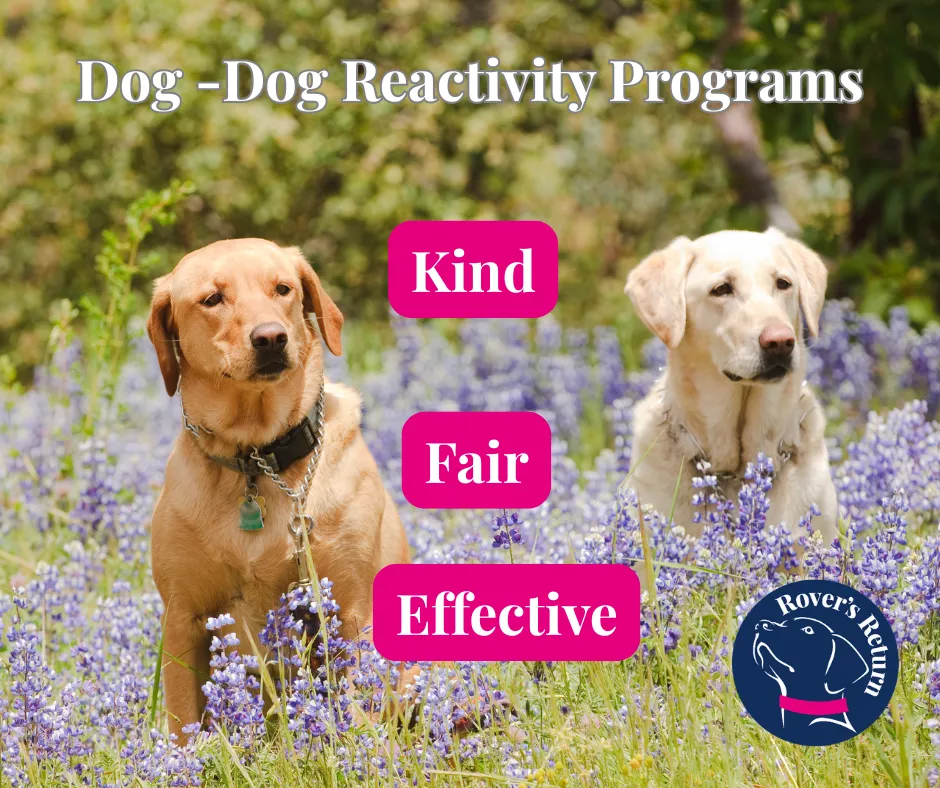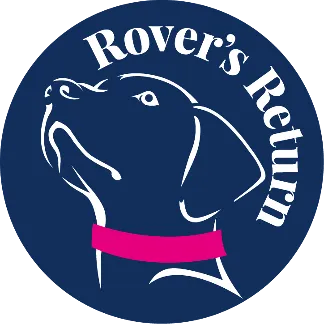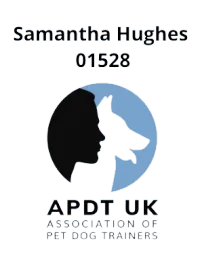Book a FREE 1:1 Assessment Call By Clicking HERE
Specialising In Dog Reactive Behviour
Accredited by APDT, ABTC and UK DOG Behaviour and Training Charter
Qualified and Experienced
Force Free Trainer and Behaviourist
Dog Training Leicestershire Educational Blogs

Five Ways To Calm A Reactive Dog

5 Effective Ways to Calm Your Reactive Dog

Is your dog a Jekyll and Hyde on walks? Do serene strolls turn into stressful struggles when another dog or person appears?
You're not alone. Dog reactivity – barking, lunging, growling, or pulling frantically on the leash – is a common challenge that can make even a short walk feel overwhelming.
The good news is that with patience, consistency, and the right approach, you can help your reactive dog find their calm. Here are five effective strategies to start implementing today.
1. Play The Engage/Disengage Game to Counter Condition Behaviour
This technique is a cornerstone of working with reactive dogs. It teaches your dog to look at their trigger (another dog, person, cyclist) and then immediately look back at you for a reward, rather than reacting negatively.
How it works:
Spot the Trigger: As soon as you see a trigger in the distance – before your dog even reacts, try to create space, this along with counter conditioning and desensitisation techniques will help reduce reactions.
Reward the Glance: The instant your dog glances at the trigger (even for a split second), mark that moment with a clicker or a verbal marker like "Yes!"
Treat Time: Immediately follow with a high-value treat delivered in the direction away from the trigger.
Repeat: Develop this, by repeating this with each trigger, on time it will be rewarding every time they look at the trigger and then back at you. The goal is to change their emotional response from "danger!" to "treat time!"
The key is to start at a distance where your dog notices the trigger but is still calm enough to take a treat.
2. Increase Distance and Work Below Threshold
This is perhaps the most crucial strategy. A "threshold" is the point at which your dog becomes so overwhelmed by a trigger that they can no longer learn or respond to you. When they're barking and lunging, they're over threshold.
The Solution: Increase the distance!
If your dog reacts at 20 feet from another dog, try practicing at 30 or 40 feet.
Your goal is to find the "sweet spot" where your dog notices the trigger but remains calm enough to take treats and respond to simple cues.
This might mean walking on quieter streets, adjusting your walk times, or even turning around and going a different way if you see a trigger approaching too closely.
Working below threshold prevents your dog from practicing the reactive behaviour and gives them the mental space to learn a new, calmer response.
3. Teach a Relaxation Protocol (Mat Work/Place Command)
A calm dog at home is more likely to be a calm dog outside. Teaching your dog a "place" command or a relaxation protocol on a mat can build a strong foundation for calmness.
Benefits:
Mental Exercise: It provides mental stimulation and teaches impulse control.
Self-Soothing: It gives your dog a designated "safe space" where they learn to settle.
Transferable Skill: Once they understand how to relax on cue in a low-distraction environment, you can gradually introduce more distractions, helping them generalize calmness to different situations.
Practice short sessions daily, rewarding your dog heavily for staying on their mat calmly.
4. Invest in Management Tools and Safe Spaces
While you're working on training, management is vital to prevent your dog from rehearsing reactive behaviours.
Proper Equipment: Use a well-fitting front-clip harness for better control on walks. Avoid retractable leashes, which offer little control and can be dangerous.
Avoid Triggers: If you know certain areas or times are highly triggering, avoid them. Walk in quieter parks, explore nature trails, or even drive to a different neighbourhood for a less stressful experience.
Enrichment: Provide plenty of mental and physical enrichment at home (puzzle toys, sniff games, chews) to help meet their needs and reduce overall stress, making them less prone to reactivity.
Safe Zone at Home: Create a quiet, comfortable "den" or crate where your dog can retreat and feel safe from household triggers.
5. Consult a Professional Dog Trainer
While these tips are a great starting point, reactivity is complex. If you're struggling, feeling overwhelmed, or not seeing improvement, don't hesitate to reach out to a qualified professional.
A certified dog trainer or behaviourist specializing in reactivity can:
Assess your dog's specific triggers and body language.
Develop a customized training plan.
Provide hands-on guidance and support.
Help you understand the underlying causes of your dog's behaviour.
Remember: Reactivity isn't a sign of a "bad" dog; it's often a sign of a dog who is overwhelmed, fearful, or frustrated. With patience, understanding, and the right techniques, you can help your best friend navigate the world with greater confidence and calm
Highly Qualified Behaviourist
Accredited by APDT, ABTC and UK DOG Behaviour and Training Charter
Accredited Scentwork Instructor
Force Free Trainer and Behaviour
Force Free Trainer and Behaviour
Accredited Scentwork Instructor
Accredited by APDT, ABTC and UK DOG Behaviour and Training Charter
Highly Qualified Behaviourist
Contact Us
Sam: 07725 802995
You can contact us via Live Chat button at the bottom of the screen or the contact box to the right.
You can also book one of our services online using the View Dates buttons under the service you require.
© 2023 by Rovers Return Dog Trainers Academy - Force Free Dog Training Lutterworth, Broughton Astley, Leicestershire, Hinckley, Nuneaton, Stoney Stanton, South Kilworth, Ullesthorpe
Privacy Policy | Terms and Conditions | Terms and Conditions of Services | Sitemap


Facebook
Instagram
X
LinkedIn
Youtube
TikTok